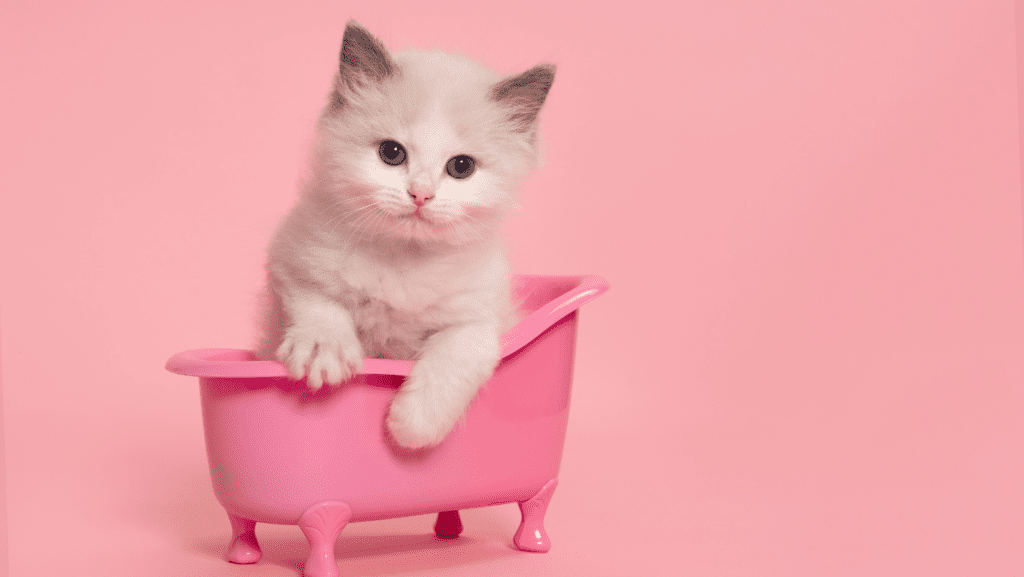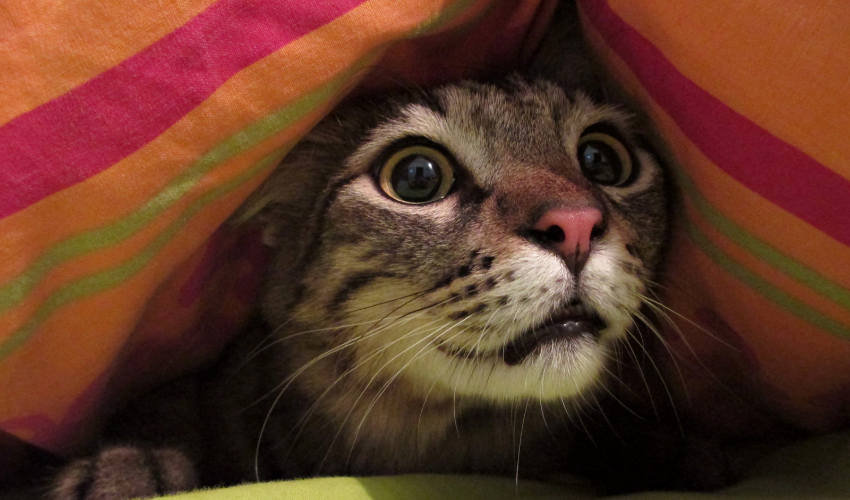Cat urinary tract infections (UTIs) are a common health issue among feline companions, affecting their overall well-being and quality of life. In this comprehensive guide, we’ll delve into the intricacies of cat UTIs, exploring their common causes, dispelling misconceptions, and providing insights into effective prevention and treatment strategies. By shedding light on this prevalent condition, we aim to empower cat owners with the knowledge they need to safeguard their feline friends’ urinary health and enhance their overall lifestyle.
Understanding Cat Urinary Tract Infections:
Urinary tract infections occur when bacteria, fungi, or viruses invade the urinary system, leading to inflammation and discomfort. In cats, UTIs primarily affect the bladder and urethra, although they can also involve the kidneys in severe cases. Several factors can predispose cats to UTIs, including:
Bacterial Infections: The most common cause of cat UTIs is the presence of bacteria, such as Escherichia coli, in the urinary tract. Bacterial infections often occur when bacteria from the external environment enter the urethra and ascend into the bladder.
Urinary Stones: Crystals or stones that form in the bladder or kidneys can irritate the urinary tract and create an environment conducive to bacterial growth. Cats with certain medical conditions, such as feline lower urinary tract disease (FLUTD), are at a higher risk of developing urinary stones.
Urinary Tract Obstructions: Obstructions in the urinary tract, such as mucus plugs or urethral strictures, can impede urine flow and promote bacterial overgrowth. Male cats are particularly susceptible to urinary obstructions due to their narrow urethra.
Underlying Medical Conditions: Cats with underlying medical conditions, such as diabetes mellitus or kidney disease, may have weakened immune systems, making them more susceptible to UTIs.
Common Symptoms and Misconceptions:
Recognizing the signs of a urinary tract infection in cats is essential for prompt diagnosis and treatment. Common symptoms of cat UTIs include:
Frequent Urination: Cats may urinate more frequently than usual, often in small amounts.
Urinary Accidents: Cats may urinate outside of their litter box, especially if they experience pain or discomfort while urinating.
Blood in the Urine: Hematuria, or blood in the urine, is a common symptom of UTIs and indicates inflammation or irritation of the urinary tract.
Straining to Urinate: Cats may exhibit signs of straining or discomfort while attempting to urinate, often with little to no urine production.
Lethargy and Changes in Behavior: Cats with UTIs may appear lethargic, withdrawn, or exhibit changes in their normal behavior patterns.
Despite their prevalence, there are several misconceptions surrounding cat urinary tract infections. One common misconception is that urinary tract infections are solely caused by poor hygiene or dirty litter boxes. While maintaining a clean litter box is essential for urinary health, UTIs can occur due to various factors beyond hygiene alone. Additionally, some cat owners may mistake urinary tract infections for behavioral issues, such as marking or spraying. It’s crucial to consult a veterinarian for an accurate diagnosis and appropriate treatment.
Prevention and Lifestyle Modifications:
Preventing cat urinary tract infections involves implementing lifestyle modifications and proactive measures to promote urinary health. Here are some effective prevention strategies:
Provide Fresh Water: Ensure your cat has access to clean, fresh water at all times to promote hydration and urinary tract health.
Maintain a Clean Litter Box: Regularly clean and scoop your cat’s litter box to prevent bacterial overgrowth and encourage proper elimination behavior.
Promote a Balanced Diet: Feed your cat a high-quality, balanced diet that meets their nutritional needs and supports urinary health. Consider incorporating wet food or specialized urinary diets recommended by your veterinarian.
Encourage Regular Exercise: Encourage your cat to stay active and maintain a healthy weight through regular exercise and interactive play sessions. Physical activity helps promote urinary tract function and overall well-being.
Reduce Stress: Minimize stressors in your cat’s environment, such as changes in routine, new pets, or loud noises, as stress can contribute to urinary tract issues.
Regular Veterinary Check-ups: Schedule routine veterinary exams to monitor your cat’s urinary health and detect any potential issues early on. Your veterinarian can perform diagnostic tests, such as urinalysis or urine culture, to assess your cat’s urinary tract function and screen for infections or other abnormalities.
If your cat is diagnosed with a urinary tract infection, prompt treatment is essential to alleviate discomfort and prevent complications. Treatment options for cat UTIs may include:
Antibiotics: Antibiotics are commonly prescribed to treat bacterial urinary tract infections in cats. Your veterinarian will determine the appropriate antibiotic based on the type of bacteria involved and the severity of the infection.
Pain Management: Cats with UTIs may experience discomfort or pain while urinating. Your veterinarian may prescribe pain medication or anti-inflammatory drugs to provide relief.
Urinary Acidifiers: In some cases, urinary acidifiers may be recommended to adjust the pH of the urine and create an environment less conducive to bacterial growth.
Fluid Therapy: Encouraging increased fluid intake through wet food or water supplementation can help flush bacteria from the urinary tract and promote healing.
Dietary Modifications: Specialized urinary diets formulated to support urinary tract health may be prescribed for cats with recurrent UTIs or underlying urinary issues.
Lifestyle Changes: Your veterinarian may recommend lifestyle modifications, such as increasing water intake or reducing stressors, to prevent recurrence of urinary tract infections.
Cat urinary tract infections are a common health concern among feline companions, impacting their urinary health and overall well-being. By understanding the common causes, recognizing symptoms, dispelling misconceptions, and implementing preventive measures, cat owners can safeguard their pets’ urinary health and enhance their quality of life. Prompt veterinary care and appropriate treatment are essential for managing UTIs and preventing complications. By prioritizing urinary tract health and incorporating lifestyle modifications, cat owners can ensure their feline friends lead happy, healthy lives free from urinary issues. If you notice any signs of a urinary tract infection in your cat, consult your veterinarian for an accurate diagnosis and tailored treatment plan. With proper care and attention, you can help your cat maintain optimal urinary health and enjoy a fulfilling life by your side.













